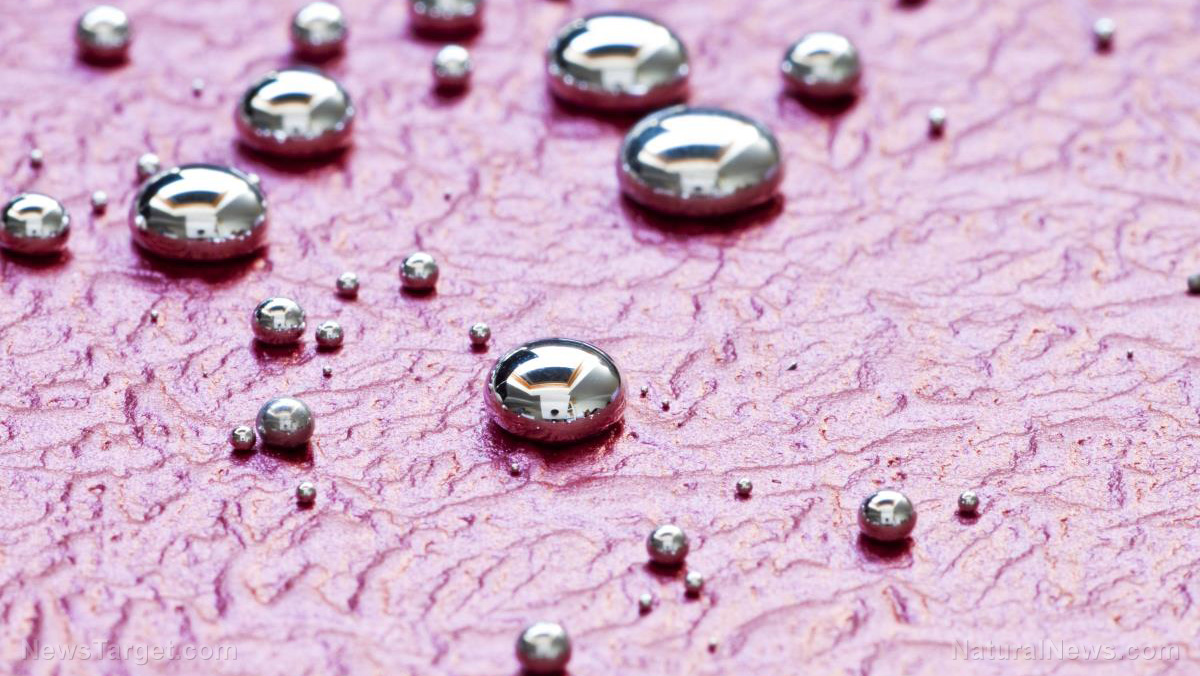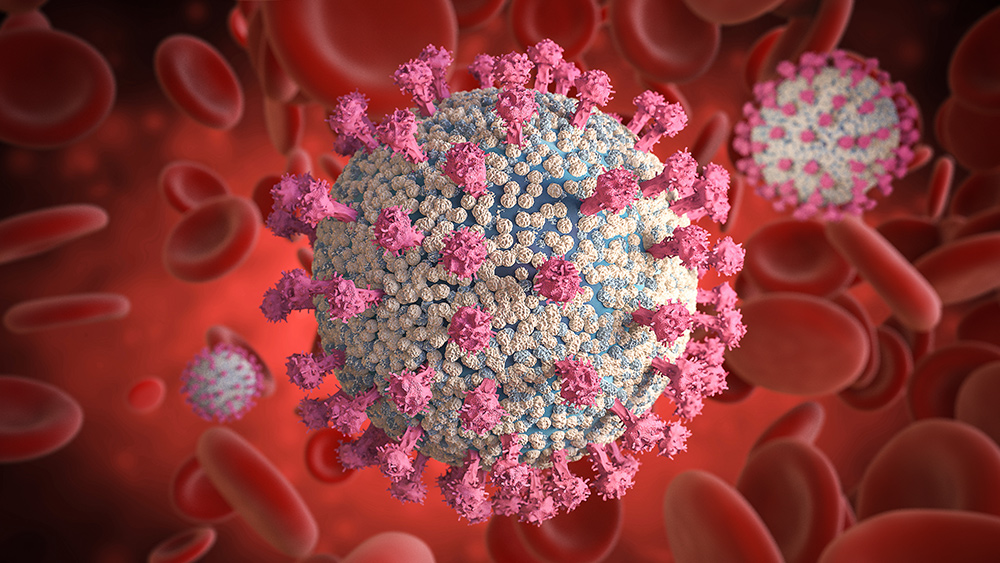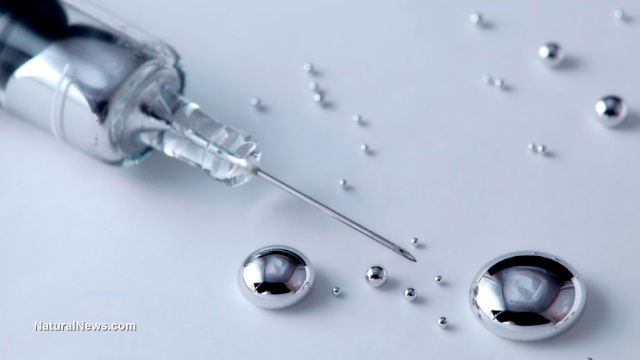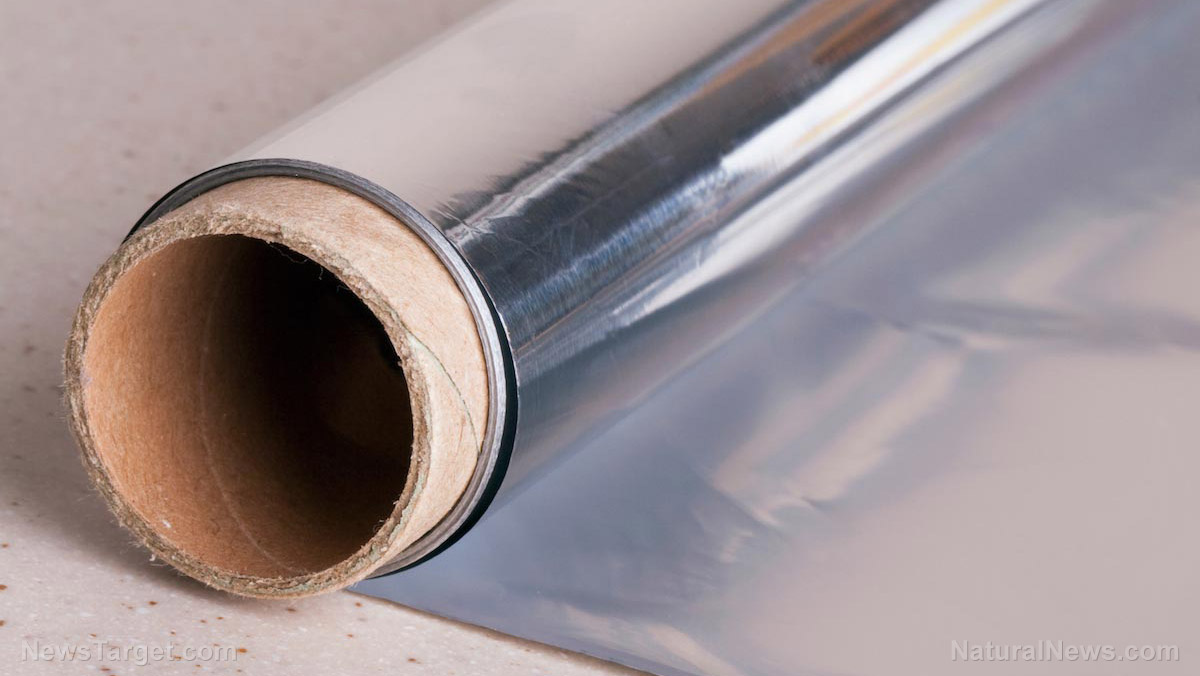Scientists develop an electrochemical process that removes toxic mercury from contaminated water
12/01/2020 / By Virgilio Marin

Researchers from the Chalmers University of Technology in Sweden developed a method that can remove nearly 100 percent of toxic mercury from contaminated water. In a study published in the journal Nature Communications, the researchers said that the electrochemical process works by encouraging mercury ions to form an alloy with another metal. This effectively draws the heavy metal out of the water.
“Our new method makes it possible to reduce the mercury content in a liquid by more than 99 percent. This can bring the water well within the margins for safe human consumption,” said co-author Bjorn Wickman of Chalmers’ Department of Physics.
How the mercury removal process works
Mercury is one of the most toxic substances known to man. This neurotoxin can damage the brain and nervous system causing several neurological symptoms, including the loss of peripheral vision, insomnia, impaired speech and walking, and muscle weakness.
Even small amounts of mercury can harm the nervous system of unborn babies, nursing infants and younger children. Moreover, mercury spreads easily and can enter the food chain. Freshwater fish, for instance, have been found with high levels of mercury.
Over the past two years, Wickman and co-author Cristian Tunsu of Chalmer’s Department of Chemistry and Chemical Engineering have studied an electrochemical process for mercury removal. Their method requires the use of an electrode that attracts certain heavy metals. This electrode is a metal plate made of the noble metal platinum that extracts mercury out of the water through an electrochemical process to form an alloy of the two metals. There was no risk of the mercury re-entering the water as the alloy is stable.
According to Tunsu, this method has been described before but was used for a different purpose. “This is the first time the technique with electrochemical alloying has been used for decontamination purposes,” added Tunsu.
The alloy has several advantages. For one, it can be recycled and emptied in a controlled way, so that mercury can be disposed of safely. It’s also energy-efficient and has a very high capacity as each platinum atom can bond with four mercury atoms. Wickman added that the decontamination technique is very selective. This means that it just removes mercury even if other substances are present in the water.
“Therefore, the electrode doesn’t waste capacity by unnecessarily taking away harmless substances from the water,” said Wickman.
The researchers have received praise for their work. In fact, a new company called Atium has already been established to improve the technology and make it available in the market. (Related: How to get mercury fillings removed without exposing yourself to toxic mercury vapor.)
How to reduce mercury exposure
The World Health Organization recommends the following measures to reduce mercury exposure:
- Promote the use of clean energy sources – Burning coal is a major source of mercury.
- Limit mercury mining – Mercury in artisanal and small-scale mines can reach the soil, streams and the air when contaminated materials are not disposed of properly.
- Ban products that contain mercury – These products include batteries, measuring devices like thermometers, lamps, dental fillings, cosmetic products and pharmaceuticals like vaccines and diuretics (water pills).
Mercury poses serious health consequences that must be addressed by reducing mercury exposure. Read more common sources of mercury exposure at MercuryScienceNews.com.
Sources include:
Submit a correction >>
Tagged Under:
contaminated water, environment, innovation, mercury exposure, mercury removal, research, science and technology, toxins, water decontamination, water health
This article may contain statements that reflect the opinion of the author
RECENT NEWS & ARTICLES
COPYRIGHT © 2017 HEAVY METALS NEWS





















